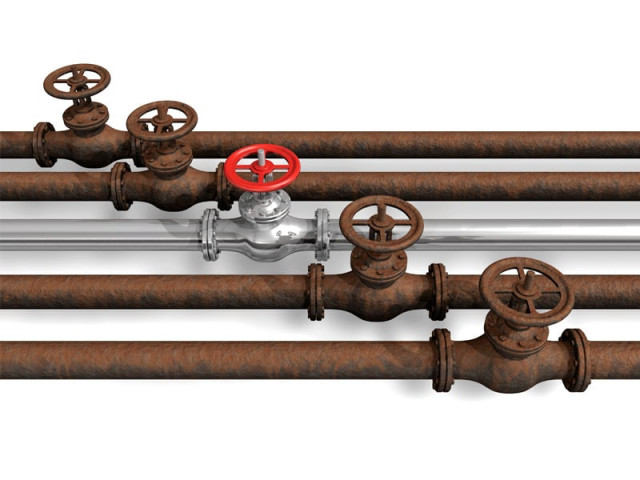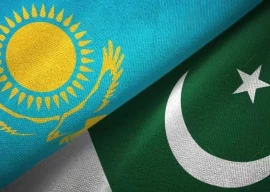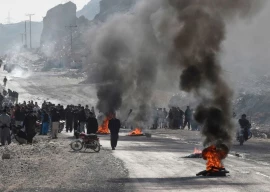
Even as the gas shortage results in rationing throughout the country, the two state-owned gas distribution companies have been handing out new gas connections, adding a load of an average of 1,396 million cubic feet per day (mmcfd) over the last five year.
The petroleum ministry – which has been vehemently arguing for rationalising the management of the nation’s natural gas resources – made a presentation before the cabinet on Saturday that presented the figures on new gas connections, which revealed a marked bias in favour of connections to consumers in Sindh and Punjab at the expense of those in Khyber-Pakhtunkhwa.
According to the petroleum ministry’s figures, Punjab got an additional 754 mmcfd, Sindh an additional 546 mmcfd. Meanwhile, Khyber-Pakhtunkhwa got merely 76 mmcfd and Balochistan a paltry 21 mmcfd. The figures refer to additional connections granted between July 2006 and June 2011.
The petroleum ministry’s presentation was meant to highlight the growing gap between supply and demand. Gas production in Pakistan is currently 4,172 mmcfd while demand is estimated by the government at 5,770 mmcfd. The shortfall comes to a whopping 1,605 mmcfd, about 27.8% of demand, during the current fiscal year.
The projections, however, are even more stark: By 2021, demand is projected to rise by 80% to 7,516 mmcfd while production is expected to shrivel by 46% to 2,260 mmcfd during that same period.
Pakistan does not currently import any substantial quantities of gas from any country, though there are several proposals in the works, including pipelines from Iran and Turkmenistan as well as a liquefied natural gas (LNG) terminal that would import gas from Qatar. None of these proposals, however, have come to fruition yet.
Energy sector analysts believe that if gas production levels fall to the government’s projected levels, the distribution networks of the state-owned Sui Northern Gas Pipelines and Sui Southern Gas Company would essentially collapse.
Most analysts believe that the government has no choice but to raise well-head gas prices to international levels (currently around $4 per million British thermal units).
Allowing prices to rise would then let the oil and gas exploration companies undertake drilling activities at the level necessary to replace the current rapidly depleting wells. Over the last five years, about 533 mmcfd in new discoveries have come online, but they are replacing about 586 mmcfd in depleted capacity.
Of the various sectors that got the additional gas over the past five years, the bulk went to the power sector, with about 352 mmcfd. However, another 263 mmcfd went to industrial units and about 73 mmcfd to captive power units. About 255 mmcfd went to residential consumers, 100 mmcfd to fertiliser manufacturers, 3.5 mmcfd to compressed natural gas (CNG) providers, and 48 mmcfd to other commercial users.
Published in The Express Tribune, December 11th, 2011.




















COMMENTS
Comments are moderated and generally will be posted if they are on-topic and not abusive.
For more information, please see our Comments FAQ